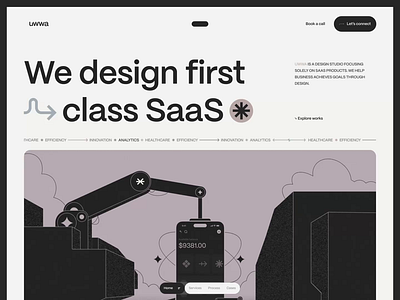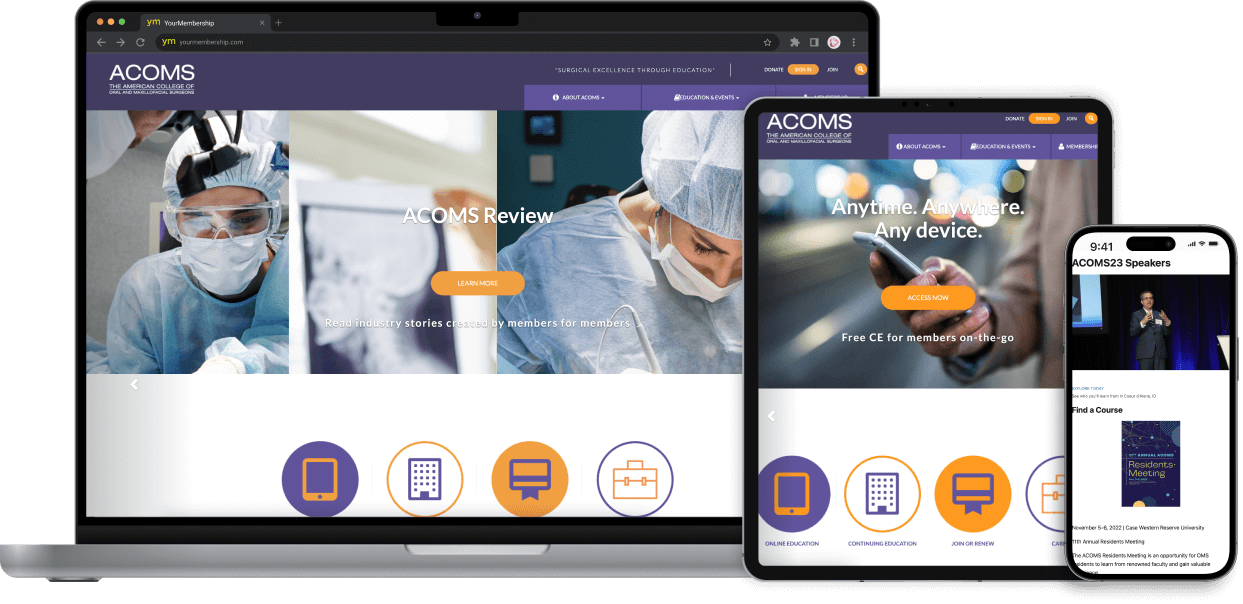Why Website Design Matters for Building a Strong Online Brand
Modern Web Site Style That Records Focus and Transforms
In an increasingly digital landscape, modern-day internet site layout has become a crucial consider capturing customer attention and driving conversions. By strategically utilizing visual power structure, receptive layouts, and involving interactive aspects, designers can create experiences that not just bring in site visitors however additionally help with meaningful communications. Efficient call-to-action strategies play a vital role in leading individuals towards wanted results. As we check out these important components, it becomes clear that understanding their interplay can dramatically influence a website's performance and individual contentment. What are the crucial aspects that absolutely make a difference?
Relevance of Visual Hierarchy
Aesthetic power structure is an essential element in website layout, as it overviews individuals' interest and improves their total experience. By purposefully organizing web content, designers can direct users to one of the most essential info initially, therefore increasing interaction and improving usability. Efficient aesthetic pecking order employs different techniques, consisting of size, spacing, shade, and comparison. Bigger components normally attract the eye, while contrasting colors can highlight crucial messages, making them attract attention among more subdued elements.
Incorporating a logical flow in content setup is necessary; for example, placing the most important info at the top of a page promotes instant recognition. Consistent usage of typography, such as differing font sizes and designs, aids establish a clear material structure. This organization not just help in navigation however also constructs trust, as customers feel a lot more comfy when they can easily locate what they are searching for.
Inevitably, a well-executed visual pecking order not just boosts visual charm however additionally dramatically influences user actions. By focusing on essential components and making sure a smooth experience, designers can successfully transform visitors into clients, enhancing the relevance of this fundamental design concept in contemporary site development.
Responsive Design for All Devices
Creating a seamless experience across various tools is crucial in today's electronic landscape, where users accessibility web sites from desktop computers, tablet computers, and mobile phones alike. Responsive style is an important technique that makes certain sites adapt fluidly to various screen dimensions, resolutions, and alignments. By utilizing flexible grids, pictures, and CSS media inquiries, designers can create layouts that maintain visual integrity and functionality, no matter the gadget being made use of.
The value of responsive layout extends past aesthetic appeals; it directly influences customer interaction and conversion prices. An internet site that operates well on all tools motivates longer visits and minimizes bounce rates, as individuals are more probable to connect with material that is very easy to navigate. Search engines, specifically Google, prioritize mobile-friendly sites in their rankings, making receptive design a crucial component of search engine optimization (SEARCH ENGINE OPTIMIZATION)
Incorporating receptive style not just improves customer experience but likewise improves the growth process. By producing a solitary website that works throughout devices, services can save time and sources contrasted to developing separate mobile and desktop computer versions. Eventually, receptive style is a fundamental strategy for modern-day site layout, making sure ease of access and complete satisfaction for all customers, no matter of their device.
Engaging Interactive Elements
While a receptive style prepares for a practical internet site, integrating interesting interactive elements is crucial for recording user interest and promoting deeper connections. Website Design. Interactive components, such as computer animations, quizzes, and clickable infographics, develop an extra dynamic individual experience, encouraging visitors to invest more time on the site
Incorporating interactive functions can also assist individuals via facility details, making it much easier to absorb material. Interactive sliders can illustrate item variants, while ingrained video clips can give demos or testimonials that resonate more than static images or text. Furthermore, gamification techniques, like rewards for completing jobs or involving with content, can boost individual motivation and retention.
Efficient use interactive aspects not only enhances the user experience however can likewise lead to higher conversion prices. By making interactions interesting and pleasurable, organizations can cultivate a feeling of loyalty and trust fund with their audience. Nonetheless, it is necessary to stabilize interactivity with efficiency; excessively intricate features may impede website speed, adversely impacting customer fulfillment. Ultimately, incorporating well-designed interactive components can considerably raise a site's effectiveness, driving interaction and conversions in today's competitive digital landscape.
Structured Navigation Practices
Reliable navigation is a foundation of any effective website, as it straight affects customer experience and material access. Structured navigation practices guarantee that users can quickly find info, boosting their interaction with the website. A well-structured navigating food selection need to be instinctive and easy, commonly featuring a restricted number of primary categories to stay clear of frustrating visitors.
To achieve structured navigation, designers should focus on an ordered structure that rationally organizes material. Executing breadcrumb trails can offer individuals with context regarding their present place within the website, allowing for smooth backtracking. Furthermore, utilizing drop-down food selections can efficiently conserve area while still offering accessibility to subcategories.
Responsive layout is vital, as navigation needs to be practical throughout all gadgets (Website Design). Mobile customers, particularly, benefit from touch-friendly food selections and retractable sections that keep functionality without endangering looks

Reliable Call-to-Action Techniques
A well-crafted call-to-action (CTA) is important for guiding individuals toward wanted results on a navigate to this site web site, as it motivates them to engage with web content or buy. To maximize their performance, CTAs need to be clear, engaging, and tactically put throughout the website.
First, make use of action-oriented language that connects seriousness or value, such more info here as "Start," "Sign up with Currently," or "Claim Your Discount." This language not only encourages individuals however additionally establishes clear expectations concerning the following actions.
Second, consider design aspects; CTAs ought to stand apart visually through contrasting shades, enough whitespace, and famous positioning. A switch that is very easy to see and click increases the probability of user interaction.
Furthermore, individualizing CTAs based upon individual actions or demographics can considerably improve involvement. Customized messages resonate a lot more with customers, driving higher conversion rates.

Conclusion
In final thought, modern-day website style highlights the assimilation of visual power structure, responsive designs, involving interactive aspects, structured navigating, and effective call-to-action methods. These components collectively boost user experience, guaranteeing that site visitors stay engaged and motivated to explore content additionally. By focusing on these design concepts, businesses can dramatically boost user retention and conversion prices, ultimately causing greater success in the digital landscape. The continuous advancement of website design emphasizes its crucial duty in effective on the internet communication and marketing.
In a progressively electronic landscape, modern internet site style has emerged as a critical element in capturing customer interest and driving conversions.Visual hierarchy is an essential element in internet site style, as it guides customers' focus and improves their overall experience.The relevance of receptive design expands past visual appeals; it directly hop over to these guys influences customer involvement and conversion prices.Incorporating responsive design not only enhances individual experience however additionally enhances the advancement process. Eventually, receptive design is an essential approach for modern-day web site design, making certain availability and fulfillment for all users, regardless of their tool.